Dear Editor:
I enjoyed Blaine Taylor’s “Top Secret” column in the May 2004 issue. However, for future reference, you may want to review one minor technical error. The introduction of Zyklon B was through cylindrical tubes. Fake “shower” heads had no function other than to lull—usually successfully—those selected for murder into a relaxed state.
William Veronda
Wyckoff, New Jersey
Dear Editor:
I tremendously enjoyed the article, “We’ll Start the War from Here” (July 2004), the story of Theodore Roosevelt, Jr.’s part in the assault on Utah Beach. The author of the article, Roy Morris, Jr., states that Roosevelt was the only general to hit the beach on D-day. I think this is in error as I believe that General Norman Cota of the 29th Infantry Division also landed on D-day at Omaha Beach. In fact, had the powers-that-be listened to Cota, the bloody Omaha might not have been so bloody as he wanted to land under the cover of darkness, which surely would have cut down on casualties. As the saying goes, “You can’t hit what you can’t see?”
Robert L. Levy
North Berwick, Maine
Dear Editor,
“Bushmasters’ Baptism of Fire” (January 2004) was of interest as I commanded Company B with the D Company MG sections attached during the actions described in the article.
When Colonel Herndon insisted on saving American lives and avoiding a well-planned trap, he withdrew across the Snaky River. My Company B was left on the enemy side under orders to slow attacks “at all costs.” We recovered weapons abandoned by engineers after Japanese attacks on the barge landing site that was being built. We fought off waves of charges and were running out of ammunition.
I called Lieutenant Beekman Lee Webb on the friendly side to let him know he was not to fire at us as we’d be in the river after dark. We then baited our positions with cigarettes and rations and got neck deep in the river. Prior to that, I had radioed the 147th FA and Navy destroyers with instructions to hit our old position with full fire 10 minutes after dark.
We were in that river listening to the Japanese when the fire wiped them out. B and D Companies returned the recovered weapons to the engineers and had no one wounded or killed in this action.
As we climbed out of the river, we witnessed General Patrick relieving Colonel Herndon, the man who had done the right thing. We were then trucked back 12 miles to protect the general, dumps, and beachhead. Here again, Patrick did not believe our reports of enemy strength. the Japanese War College Report of that 1944 Memorial Day battle states that the understrength B Company and D Company MGs were to be attacked by two battalions of their troops. Luckily, one got lost in the jungle and only heard the all-night hand-to-hand fighting, which we won. In the middle of our fight, General Patrick ordered me to cease my stupid firing, which was keeping HQ awake! This is a prime example of military intelligence being an oxymoron!
In 1984, Walter Mauzaka contacted me and I joined his fight to get his brother’s denied Silver Star. His fight was won after we contacted two presidents and assorted senators and congressmen. Bushmasters are now in eight books and several museums, and many overdue awards were made, including my own 47-year-late Silver Star at a Presidio ceremony April 25, 1991. I am in the Spielberg/Ambrose documentary Price for Peace, which Gus Mauzaka and all Bushmasters paid.
When Walter began his 40-year-long battle, little did he know what the results would be for all Bushmasters. He met the men whose life his brother’s last act saved, the survivors of the MG positions, and we have become personal friends. Our fight for our Bushmasters still goes on with good results. Bushmaster Peak, near Tucson, was dedicated September 2, 1989, exactly 124 years to the day after Abraham Lincoln began what became the Bushmasters when calling up the territorial Company B on Saturday, September 2, 1865. The company then comprised 94 Maricopa tribesmen and I had the honor of commanding Company B in combat 79 years later.
Hal Braun
Sun City, Arizona
Dear Editor:
I read the “Insight” article in your March 2004 issue about the marooned aircraft with considerable interest as the P-38 was one of my favorite aircraft. I grew up around them and could even tell the aircraft was overhead by the sound of the twin Allisons.
My father and uncle worked on the latest U.S. Army aircraft at McClellan Army Air Force Base in Sacramento, California. Although the wartime propaganda was telling us what a great time our aircraft were doing “over there,” they often wondered.
When their draft numbers came up, they were told by their military supervisors, “Don’t worry about it. We need more P-37s than we need two more guys in a foxhole.”
I think Mr. Opalka erred on page 30 when he referred to the bomber as a fork-tailed devil. I bet he meant the fighter as he was talking about the P-38 and not the B-17.
An interesting historical fact that wasn’t apparently passed on to the poor guys going back to recover the Norden bombsight was that the German Abwehr had received a complete set of blueprints of the bombsight before Germany declared war. The information had been taken from the factory by an employee of German background and turned over to German intelligence.
Fortunately, even though the Germans were very interested in the device, the Luftwaffe specialized in dive-bombing. What high-level formation bombing they did usually relied on a single plane carrying a bombsight, and when the lead bombardier dropped his load, everyone else just toggled away. The Germans never appreciated their intelligence coup.
Ronald A. Cole
Kailua-Kona, Hawaii
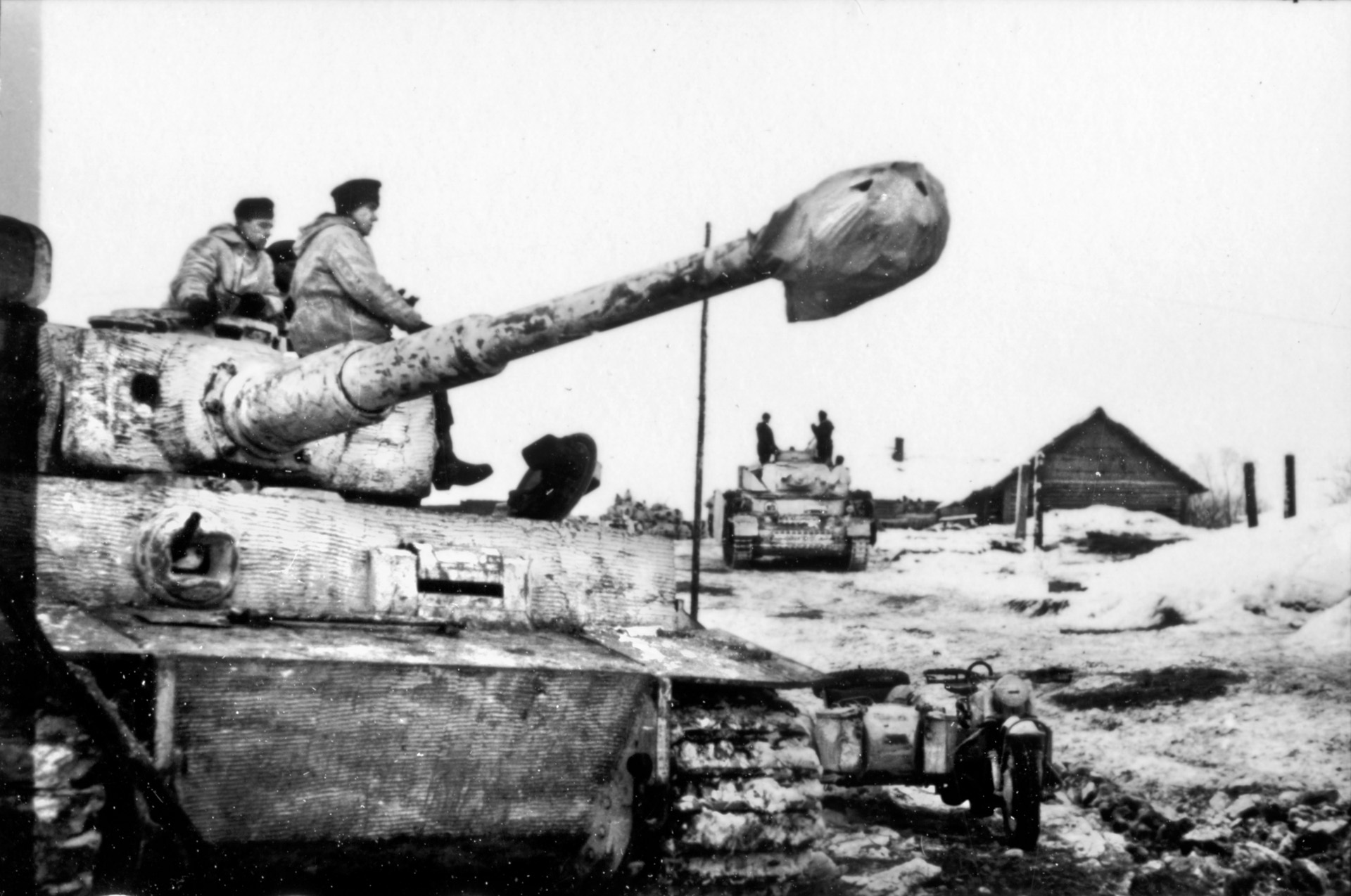
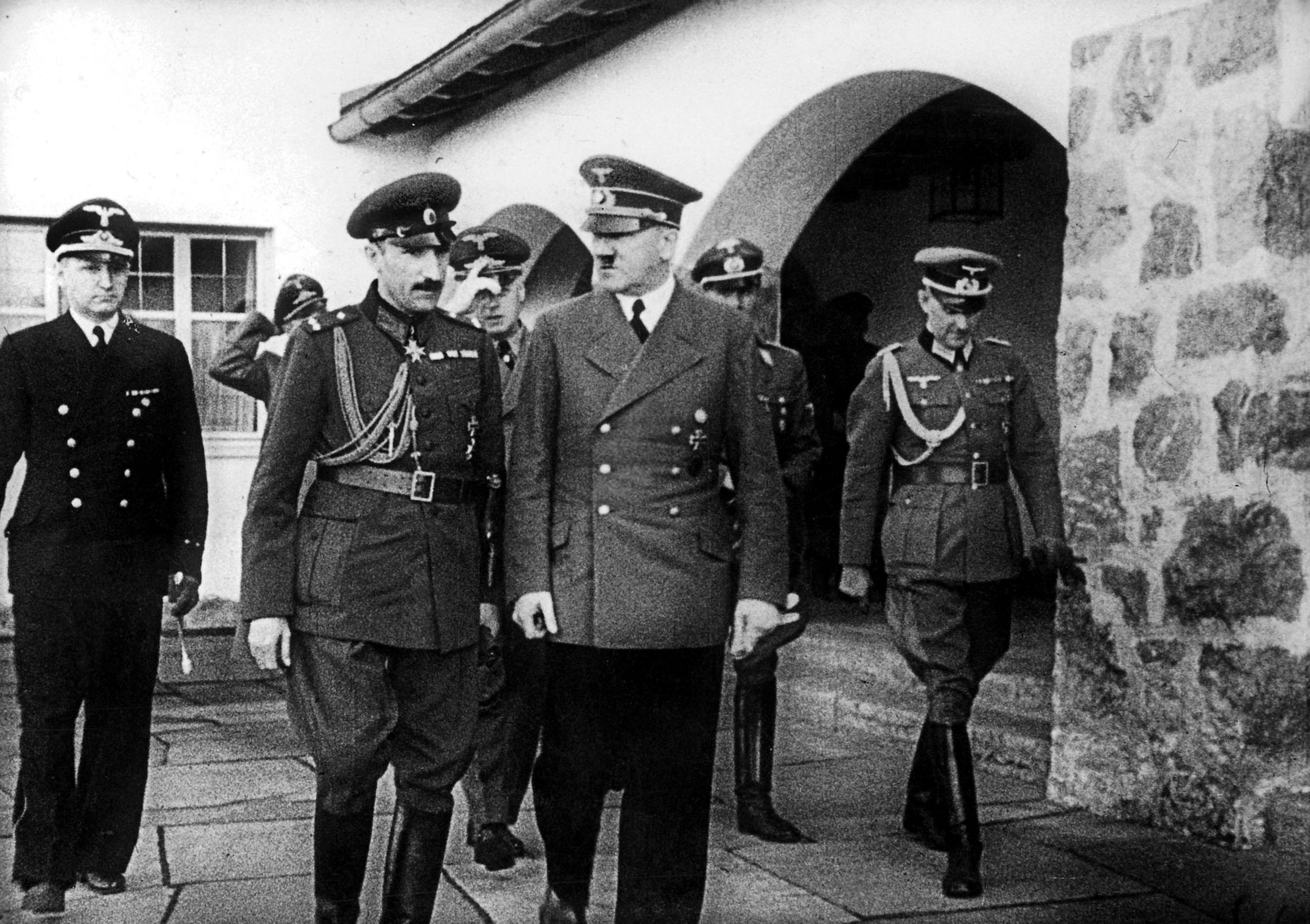
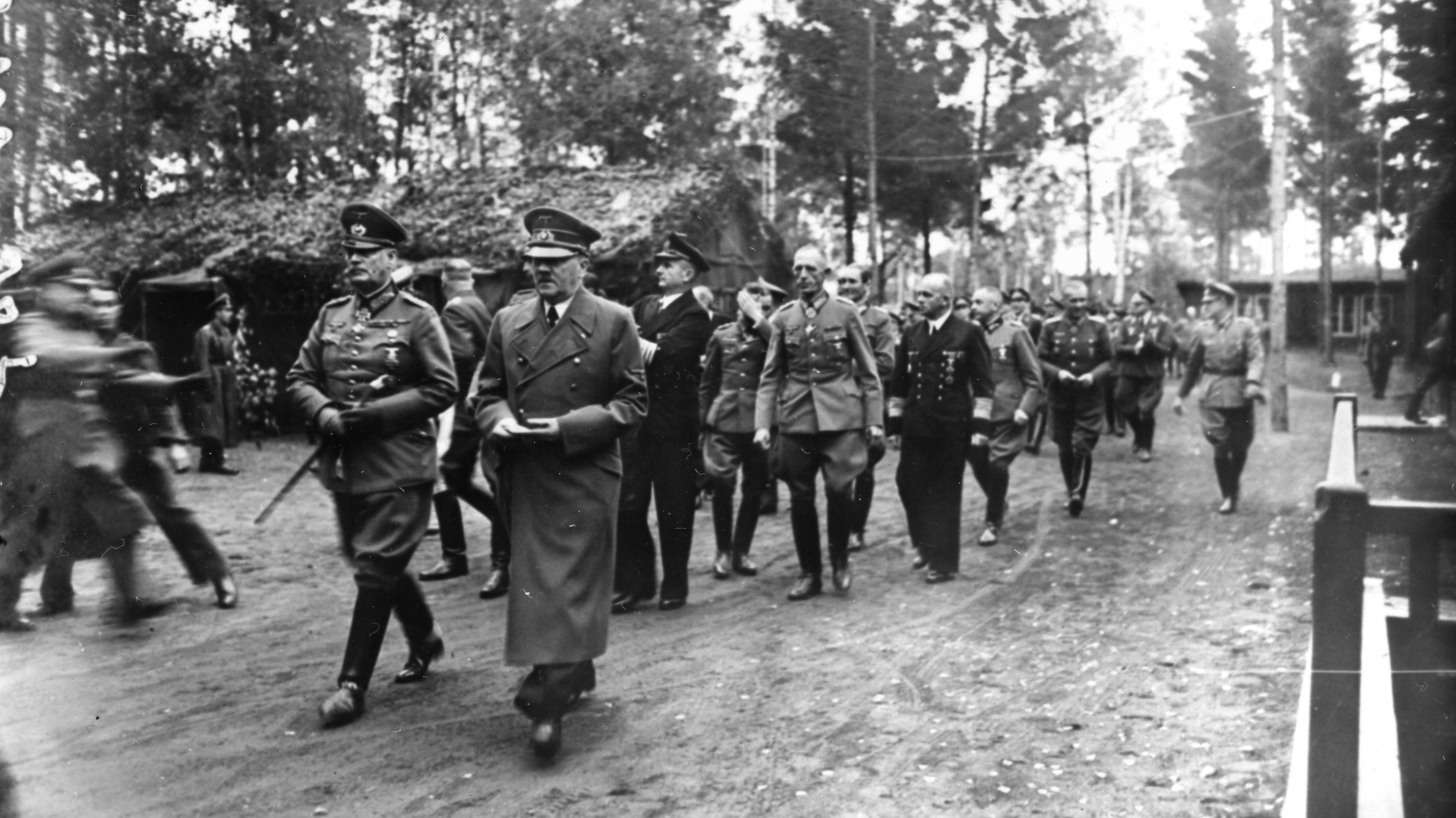
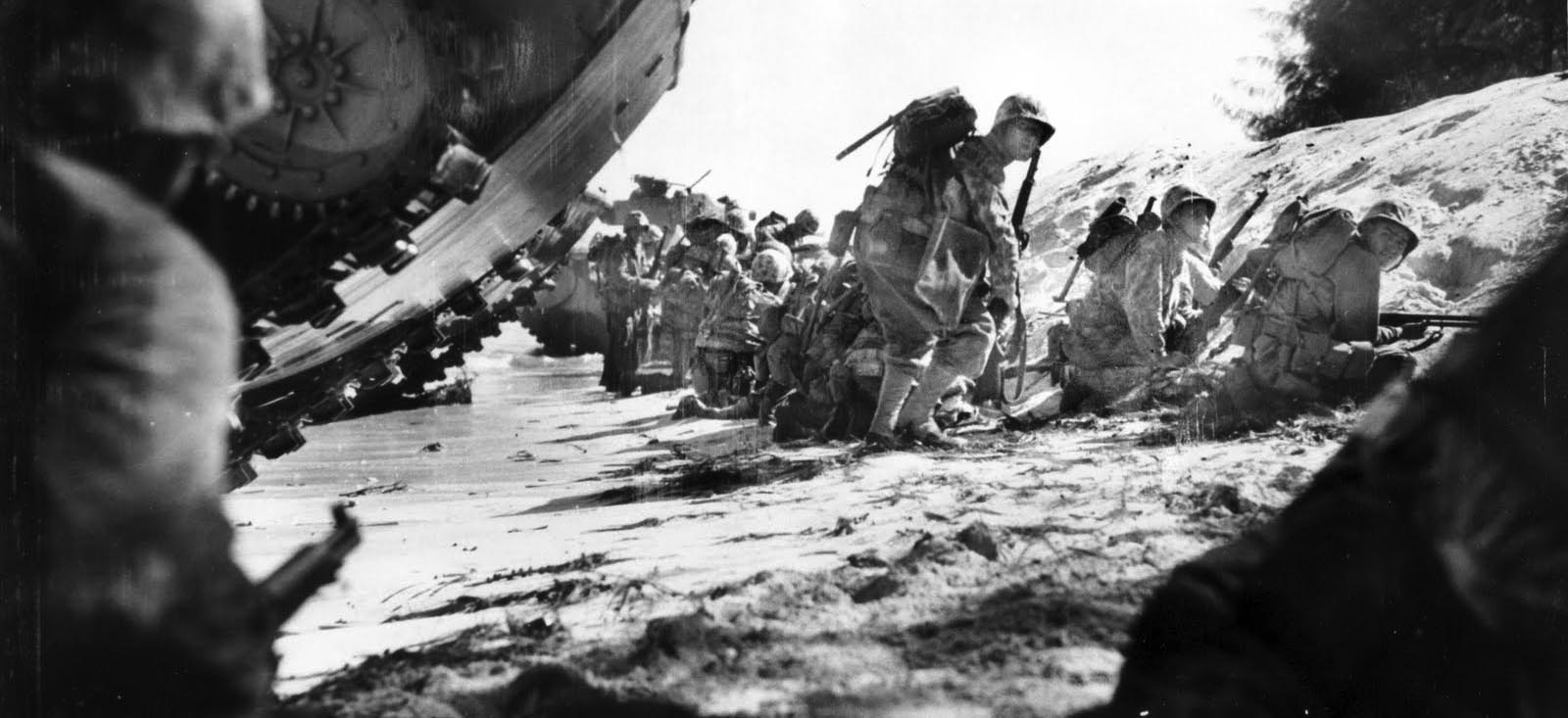
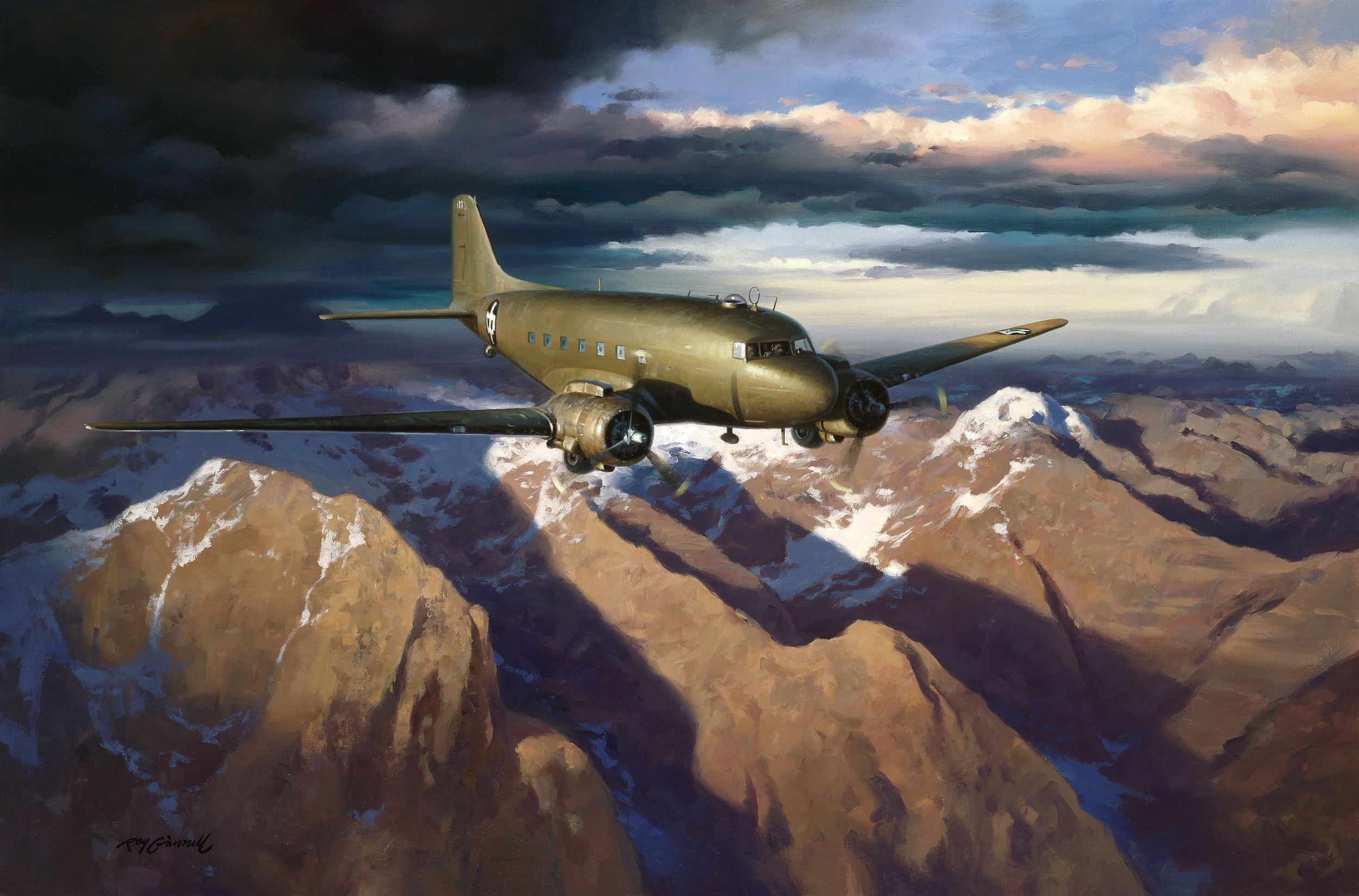
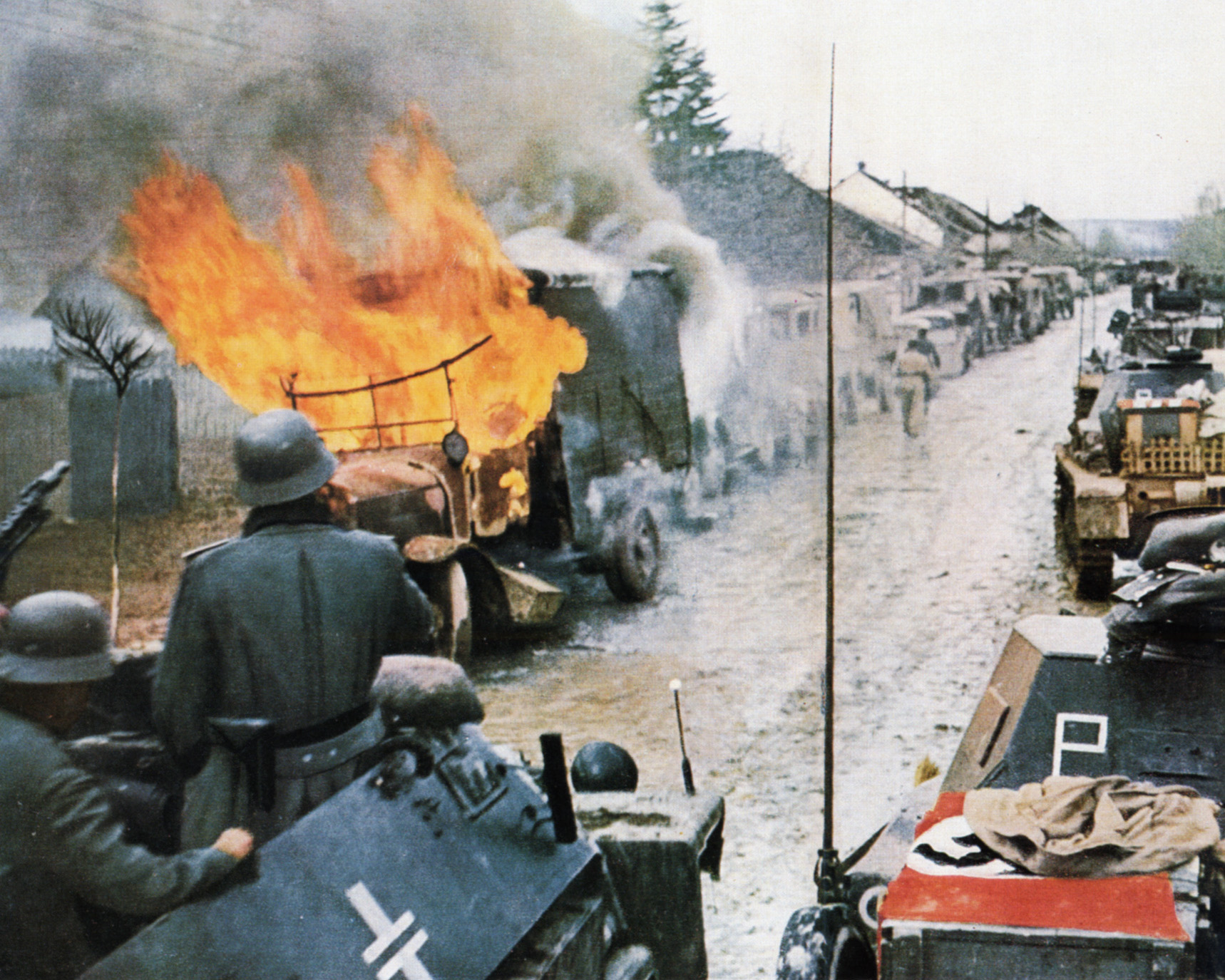
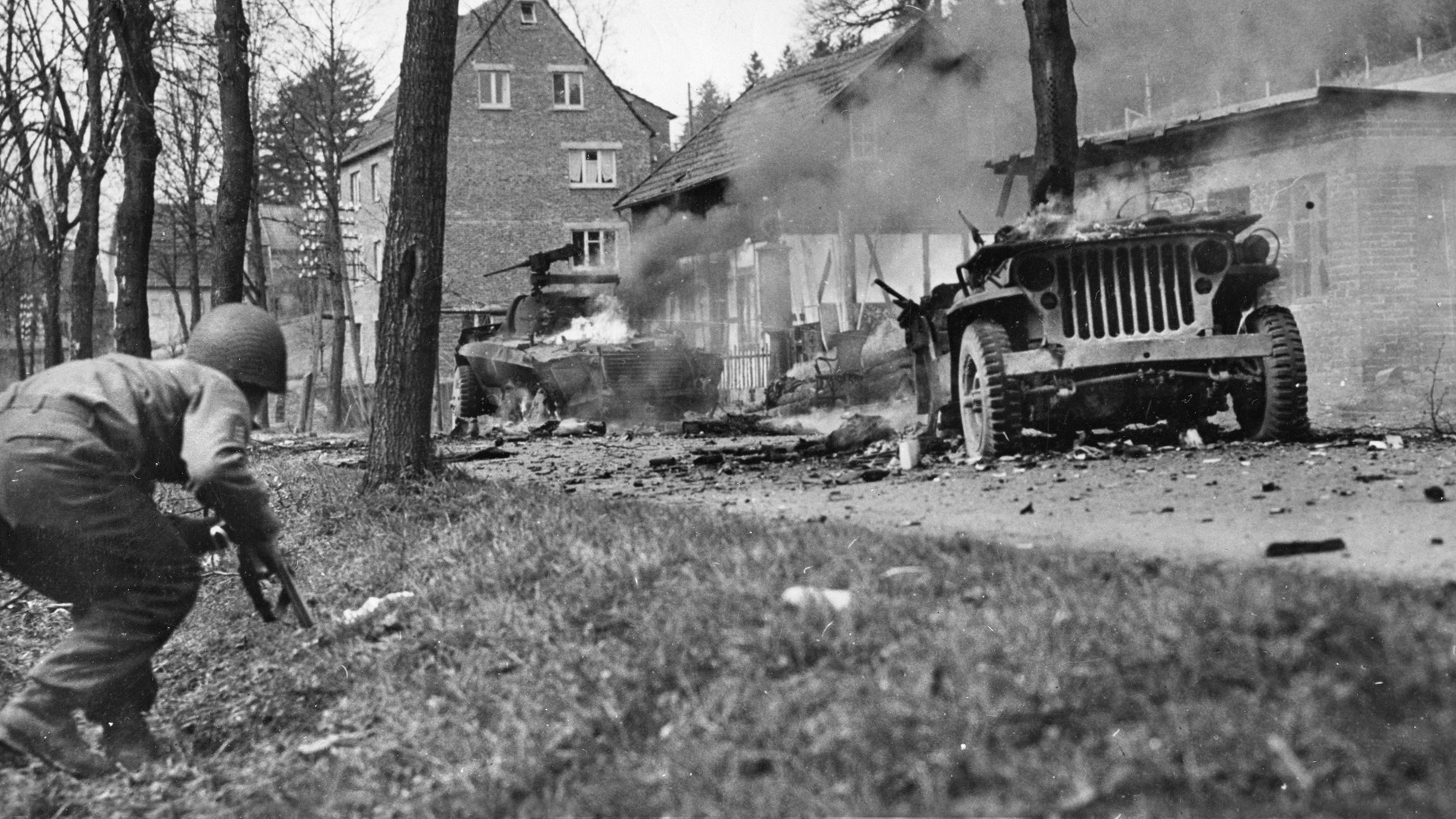
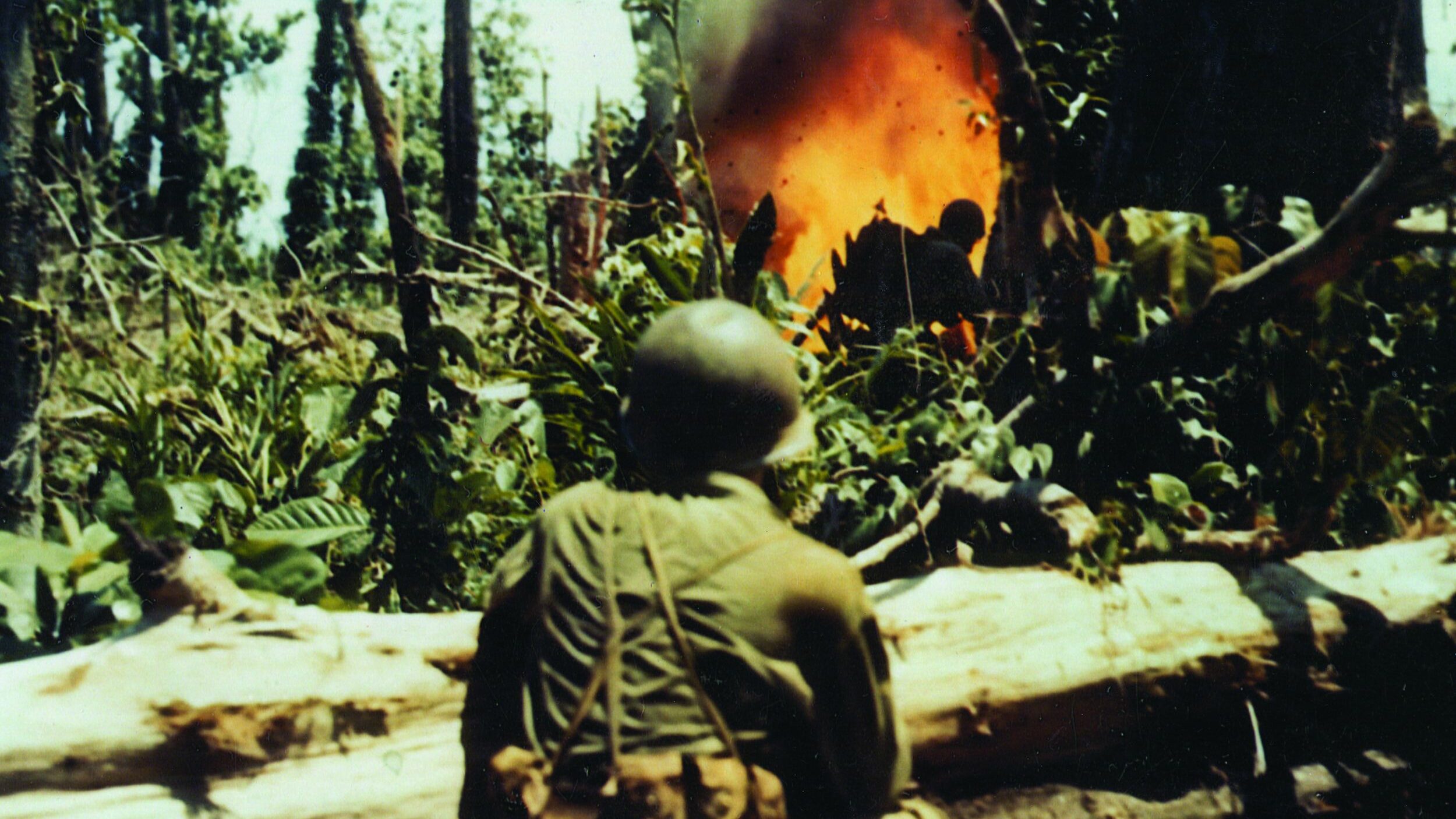
Join The Conversation
Comments
View All Comments